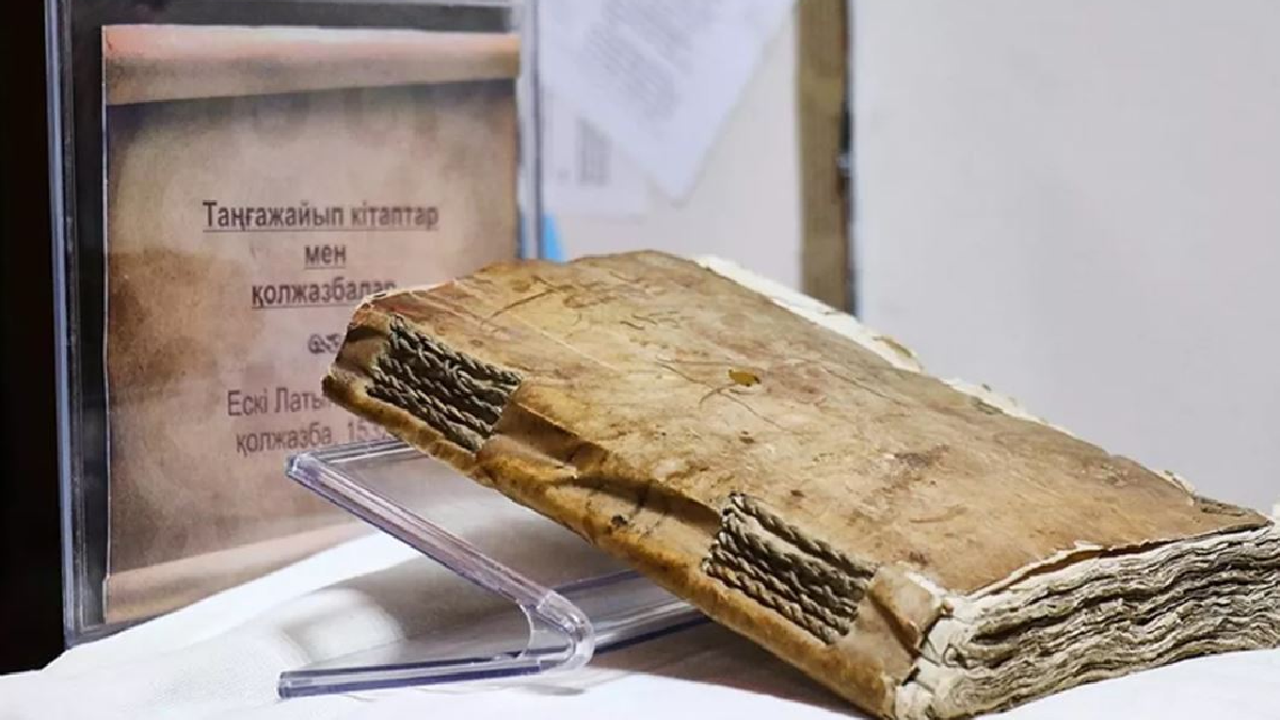The mystery of the work, whose cover is made of human skin, could not be solved
There is a normal old-looking artifact in Kazakhstan, which, although it looks normal, is actually not, because the cover of this book, as a result of the studies, was concluded to be made of human skin and it is quite mysterious. The book is almost a mystery because only 10 of the 330 pages were deciphered at the institute in France. The work, which belongs to a northern Italian notary named Petrus Puardus, was written in ancient Latin in 1532 and still preserves its mystery as the manuscript has not been deciphered.

In Kazakhstan, there is a book whose cover is made of human skin and whose writings cannot be deciphered, which still has not been solved. The manuscript is on display in the Rare Publications Museum of the National Academic Library in the capital, Astana. Only 10 pages of the 330-page work, which was written in ancient Latin in 1532, covered with human back skin, could be read.
Möldir Tölepbay, Specialist in the Science Department of the National Academic Library, told Anadolu Agency (AA) that the manuscript was gifted to the library by a private collector in 2014 and has been exhibited in the museum since then.
USED FOR BOOK BINDING
Tölepbay noted that they hosted many visitors to see the work made with the book covering method, which is not used today but was common centuries ago, and said, "This method is known in the world as anthropodermic book binding, that is, human skin was used for the book binding."
COVERED WITH THE SKIN OF THE HUMAN BACK
According to the news in Anadolu Agency, Tölepbay stated that the necessary scientific research was carried out on the cover of the work, and said, “The work was examined in the laboratory of the National Medical Science Center in Astana. It was concluded that human back skin was used on the cover of the manuscript.”
ONLY 10 PAGES READ
Explaining that the content of the manuscript still remains a secret, Tölepbay said, “The work, which belongs to a notary public named Petrus Puardus from North Italy, was written in 1532 in old Latin. It consists of 330 pages in total, but at the moment, experts have only been able to read the first 10 pages.”
Stating that they sent the manuscript to the institute in France for special research, Tölepbay said, "As far as they can read the first pages, a general assessment has been given that there is information about input and output accounts, credit and mortgage, but the manuscript is not fully deciphered."
Noting that they host nearly 13 thousand rare publications in the National Academic Library, Tölepbay added that there are special books made of snake skin, precious stones, silk fabric and gold thread among them.
(AA)






